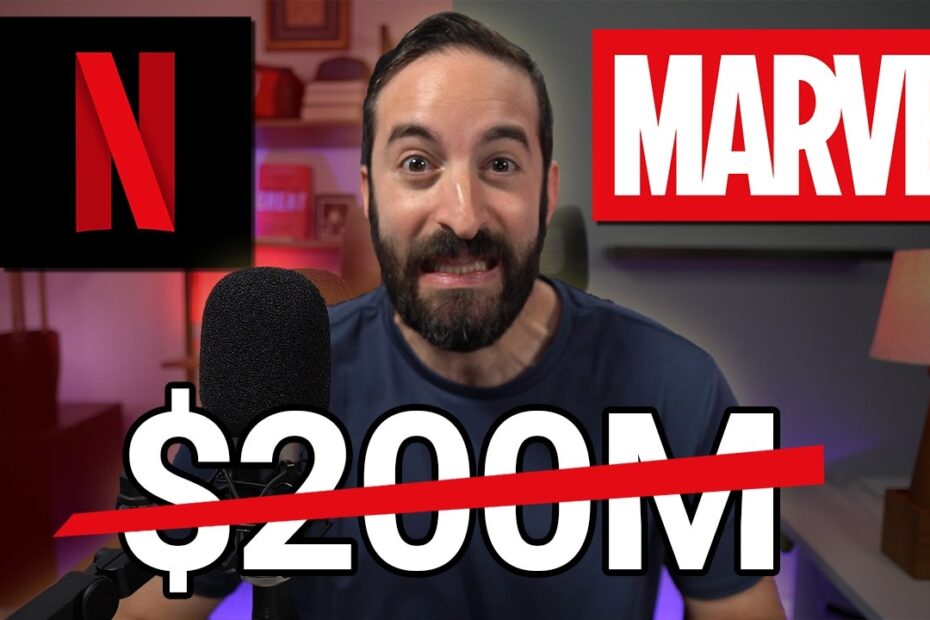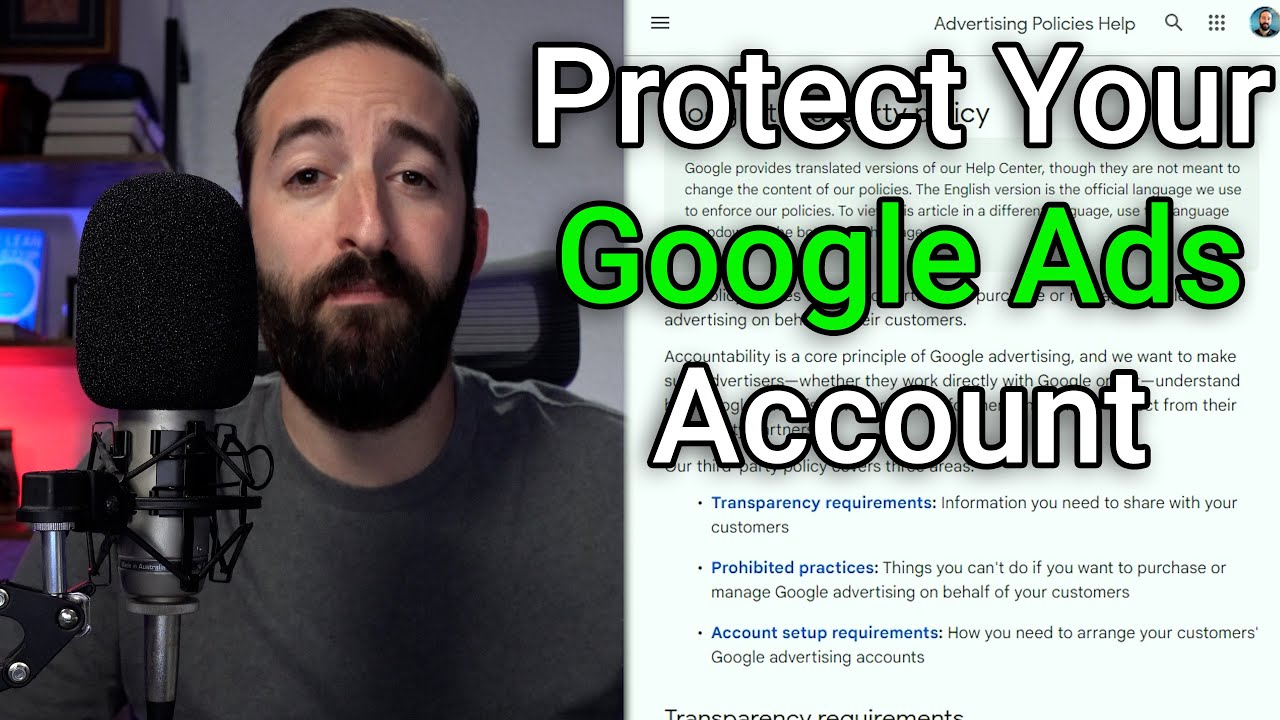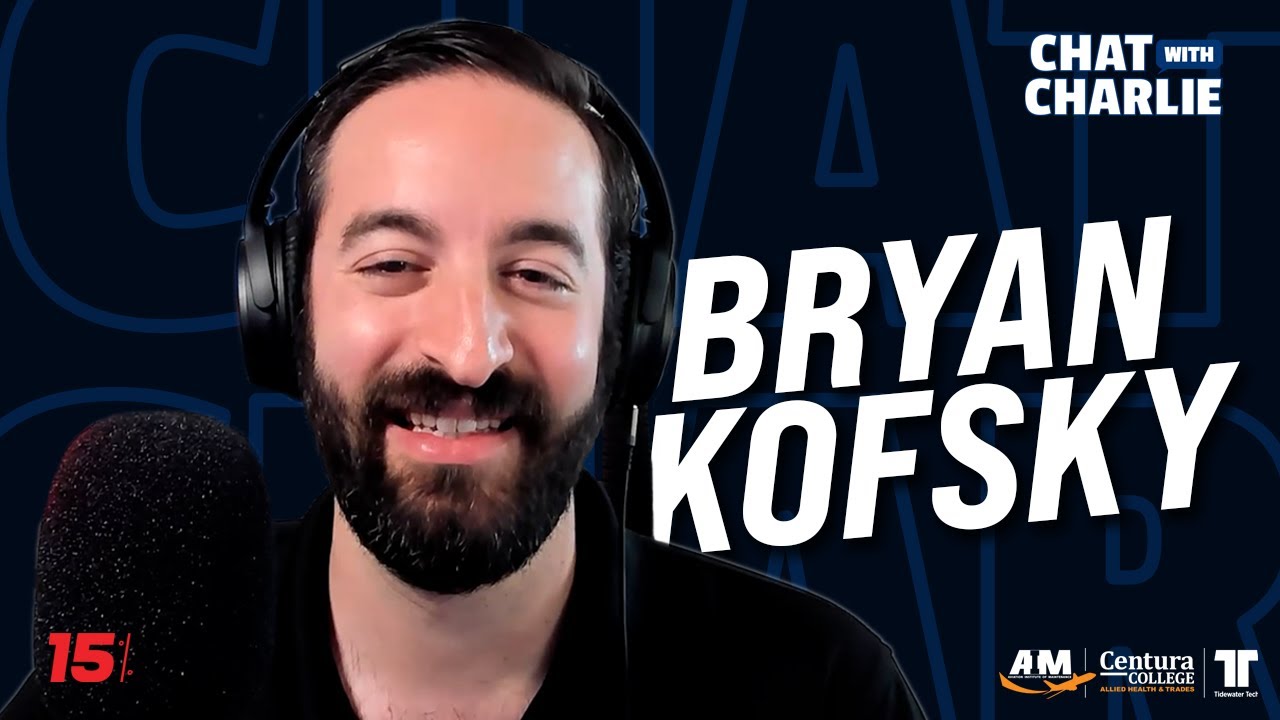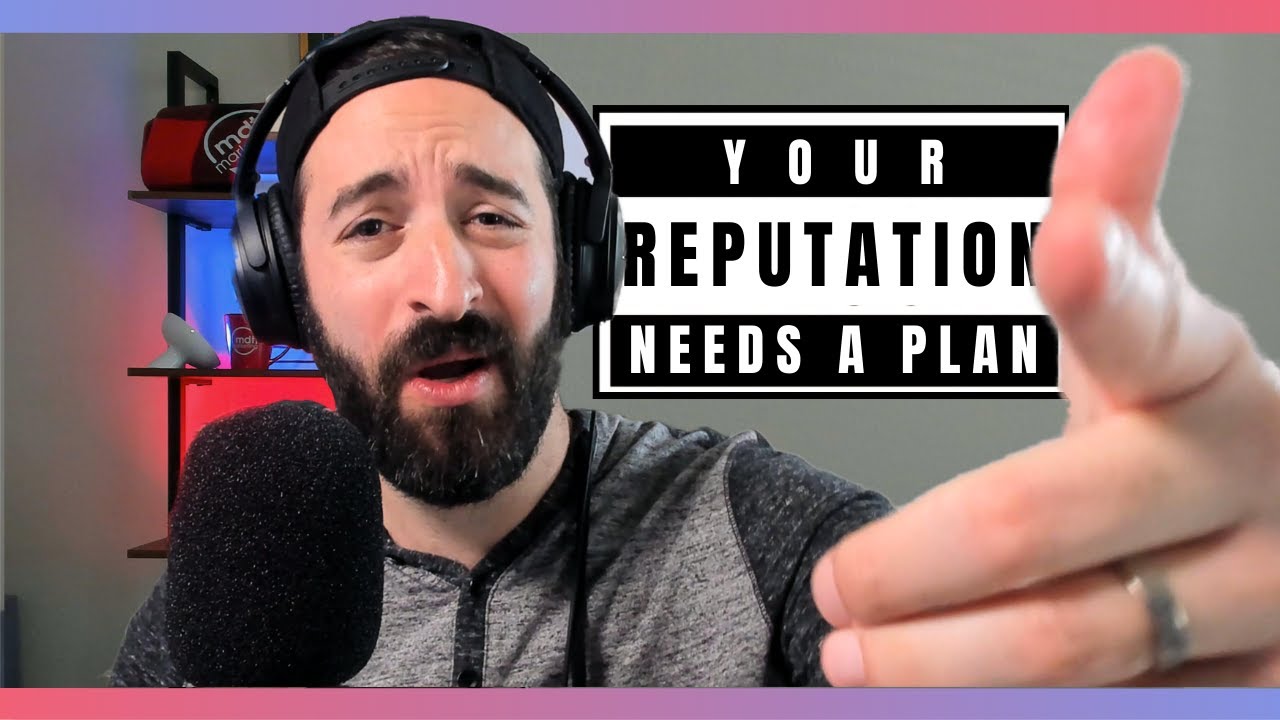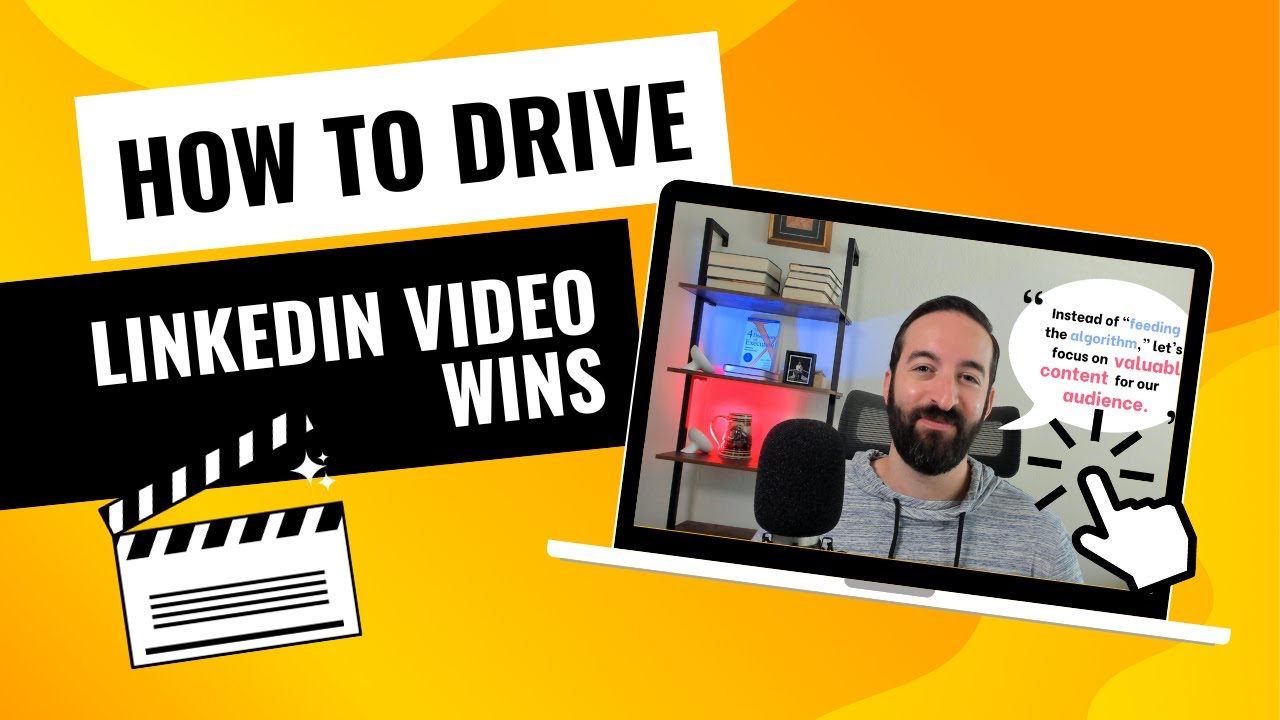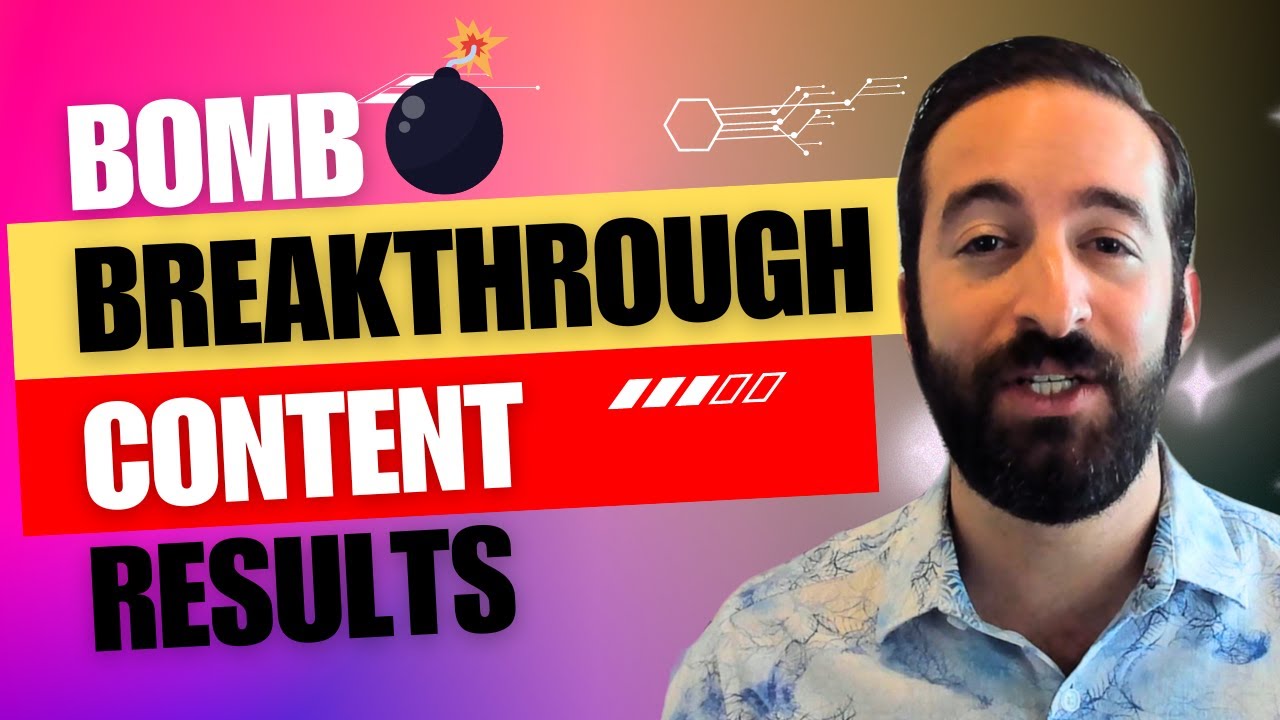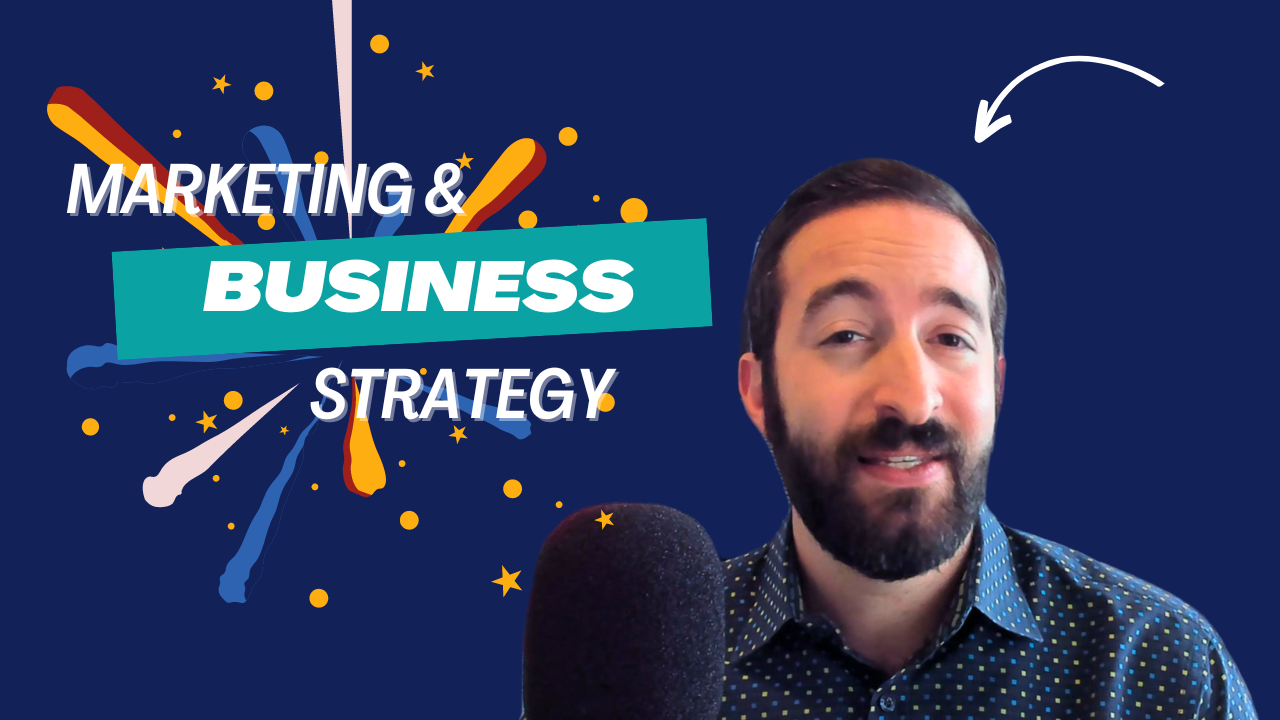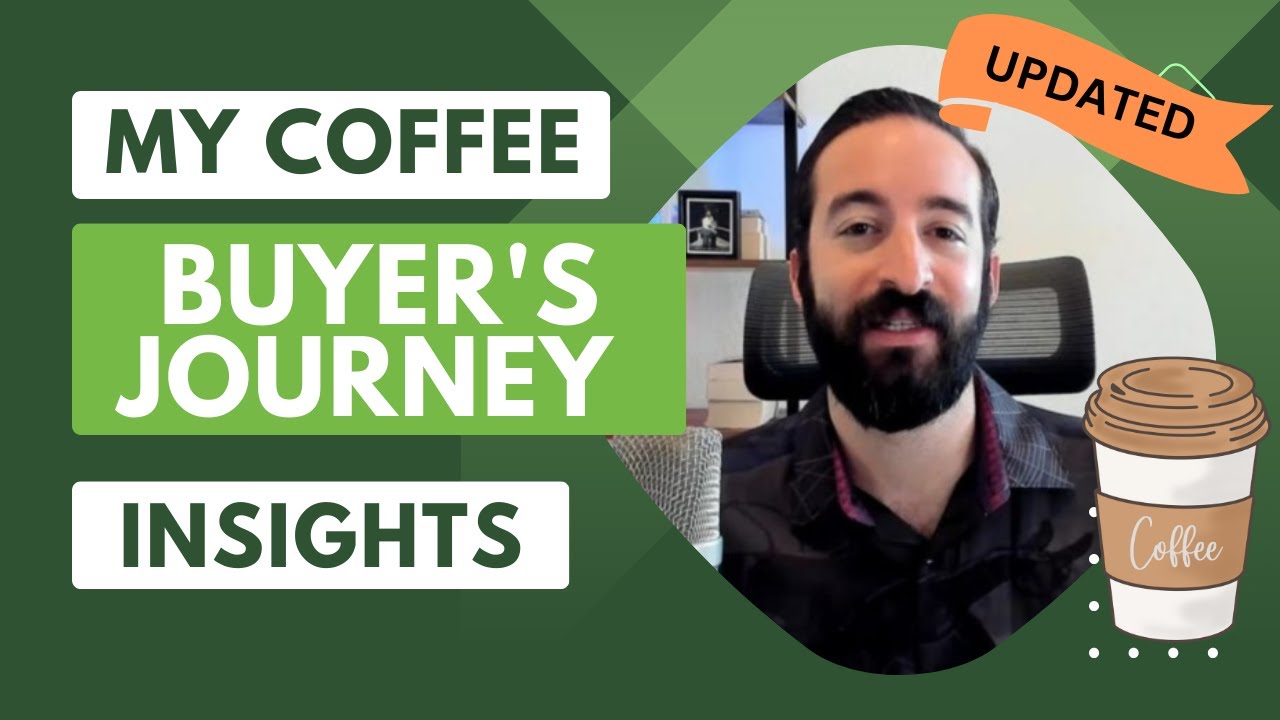Why Netflix Lost—and You Might Too: The Dangerous Illusion of Ownership
“Mr. Stark, I don’t own my content.” …is what Spider-Man might’ve said if he were a marketer—fading into algorithmic dust, not the MCU. This might not be Far From Home
Read More | Watch Video

